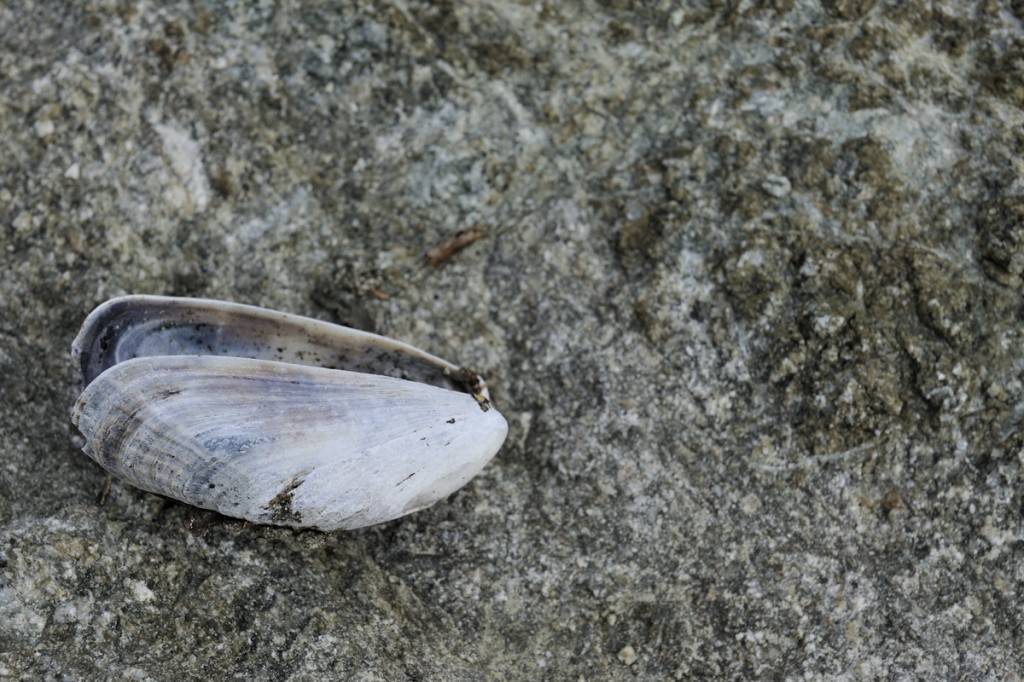
Dear reader,
Over the last few days I have been able to accompany other biologists and students in their work and have some very interesting conversations.
The project Kathryn Anderson (PHD student) is working on makes me more than aware of how important this scientific work can be for humanity. Even more: I became aware of how much time is threatening to run out in order to bend what we have done to our nature.
Kathryn is researching ocean acidification and its impact on various life forms.
Yes, our oceans are becoming acidic!
The main reason for this is our huge CO2 emissions, which are also responsible for the greenhouse effect and climate change.
While CO2 has a physical effect in the atmosphere by keeping the sun's heat radiation in our atmosphere, it has a chemical effect in water and forms carboxylic acid.
Aquarists will be familiar with this effect, as they often regulate the pH value of their water using CO2 cartridges.
The current pH value in local waters will fall from 8.3 to 8.0 in the next 100 years. This may not sound like much to the layman, but for many life forms these effects are fatal. "However, I think this projection is rather conservative," says Kathryn.
There may be other interactions that intensify this process.
The first creatures to be directly affected are all skeleton-forming life forms, including mussels, sea urchins and corals. There are already mussel populations here that have not survived for a year or two. "Many animal species can cope with one or two stress factors - but above a certain level it simply becomes too much," Kathryn explains to me.
All these species threatened by acidification are at the beginning of the food chain and form important building blocks in the entire marine cycle. They form the basis for all life forms in the sea and ultimately also for us humans. If these species disappear, our oceans are threatened with ultimate collapse!
It is surprising how so many topics that the BMSC deals with can be linked to coastal rainforests. Coastal forests (other forests too, of course) also bind CO2, which fuels this acidification as soon as it is released or disappearing forests can no longer bind it!
Sediment inputs through clear-cutting destroy seagrass meadows - these also bind CO2!
Again I have to think of Uncle Harold: "Everything on this earth belongs together and every little link in the chain of life has a purpose. So treat everything with respect!"
Everything consists of two things that create a balance.
Our fantastic oceans give us food, oxygen, rain and so much more.
What do we give it: we plunder it and fill it with waste, poison and sediment.
That's probably not what our Eldest meant by those two things....













